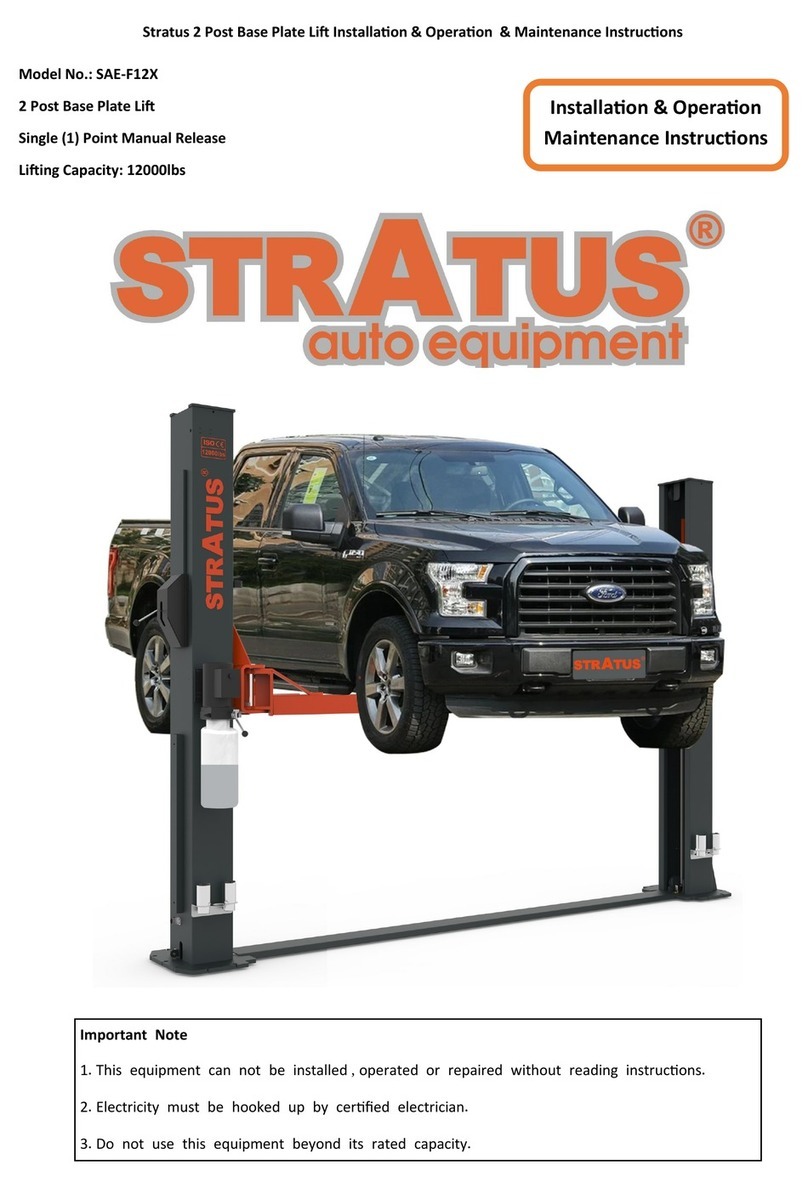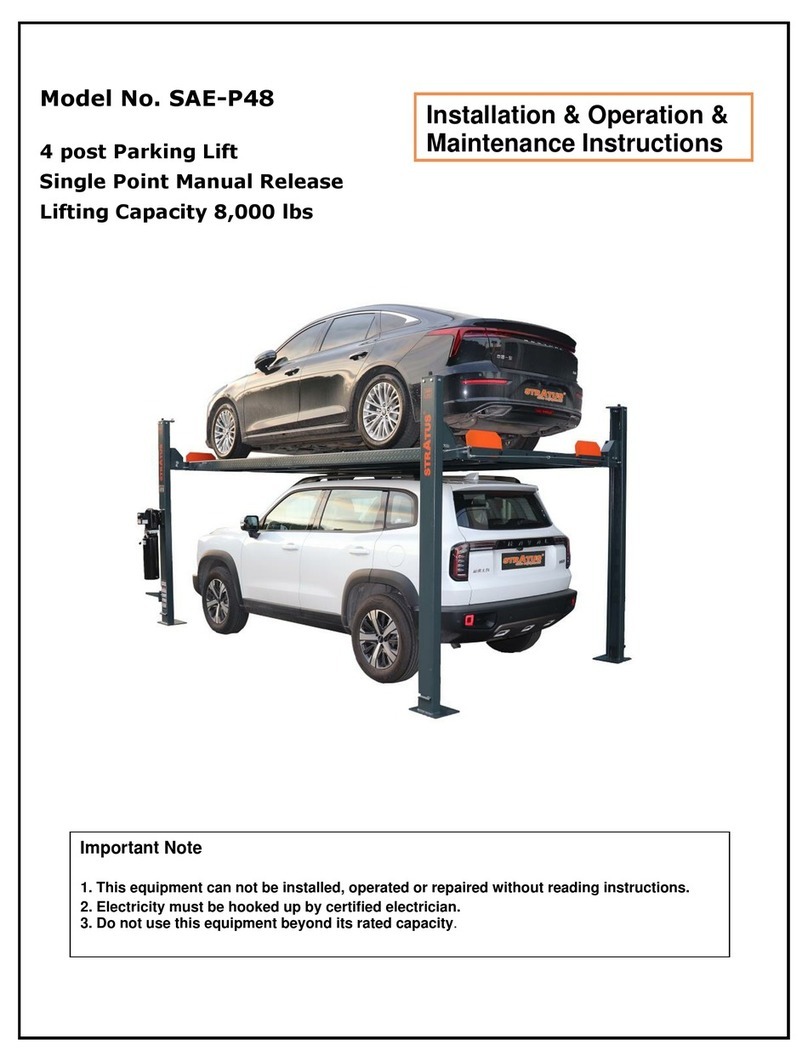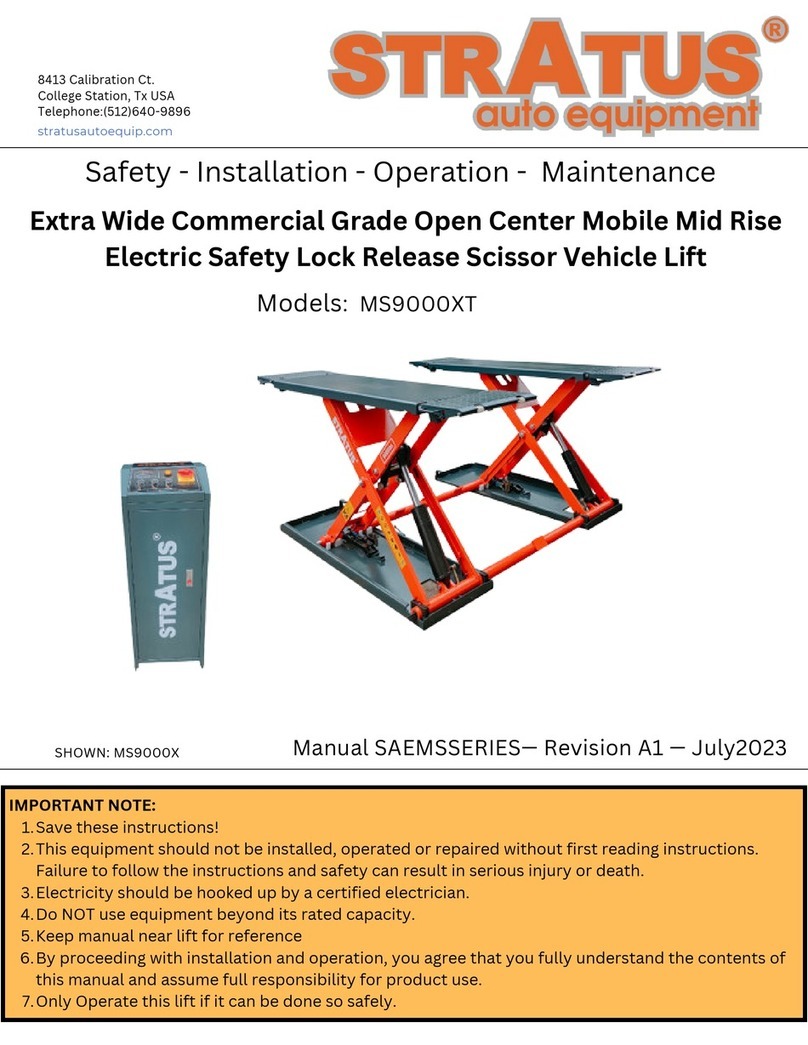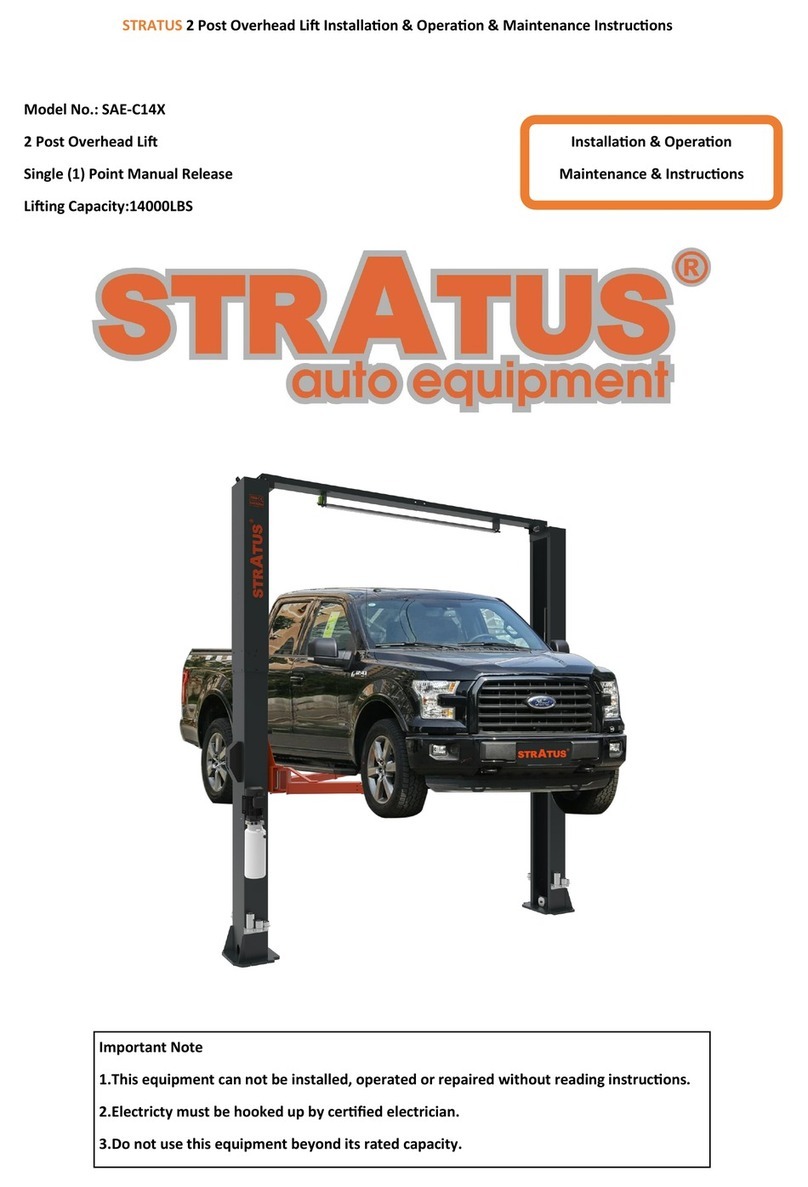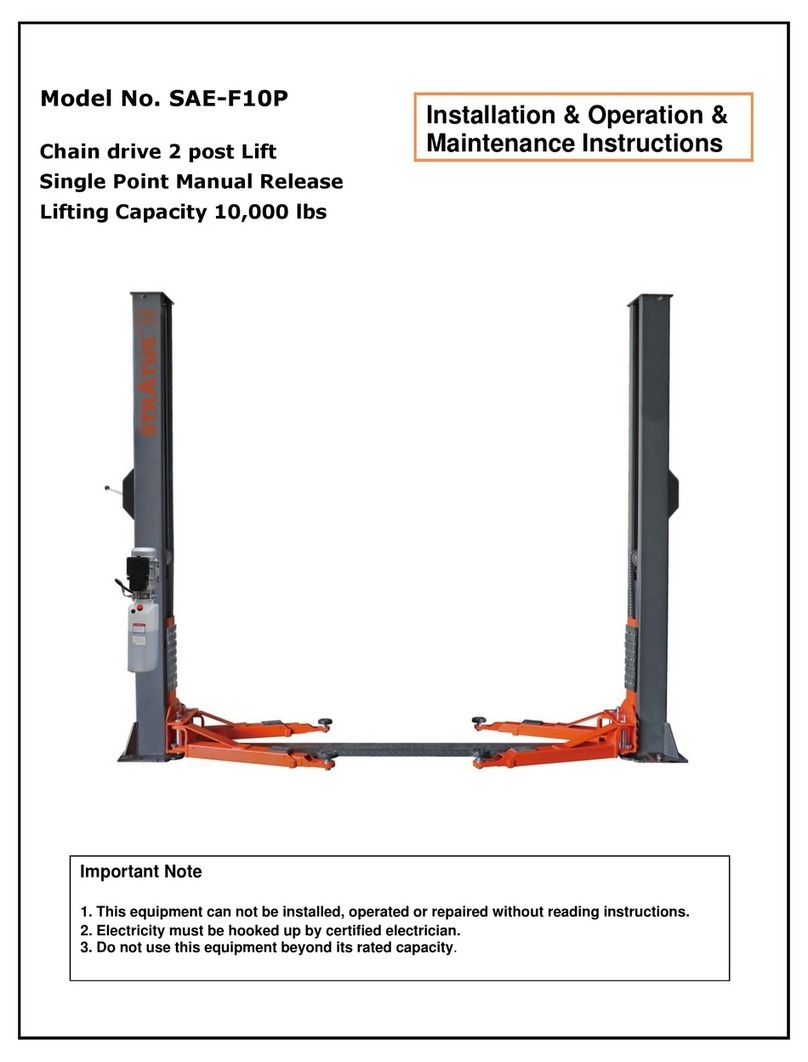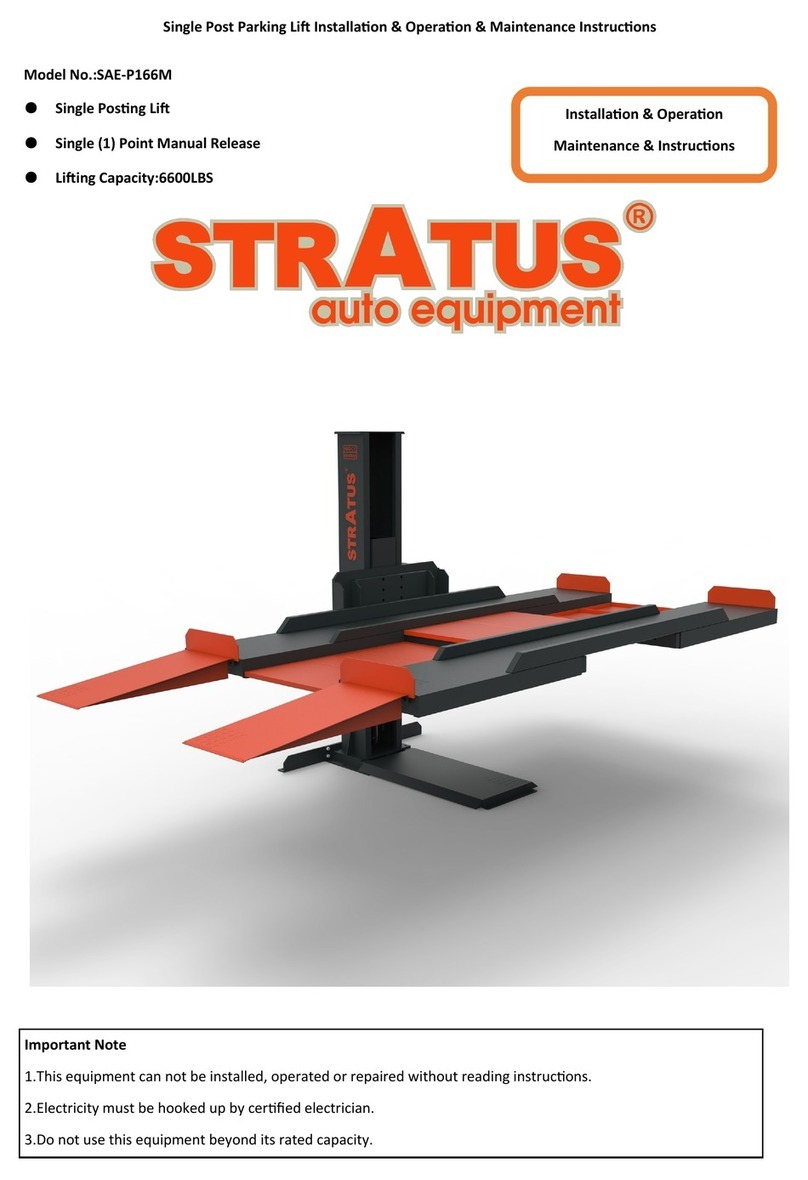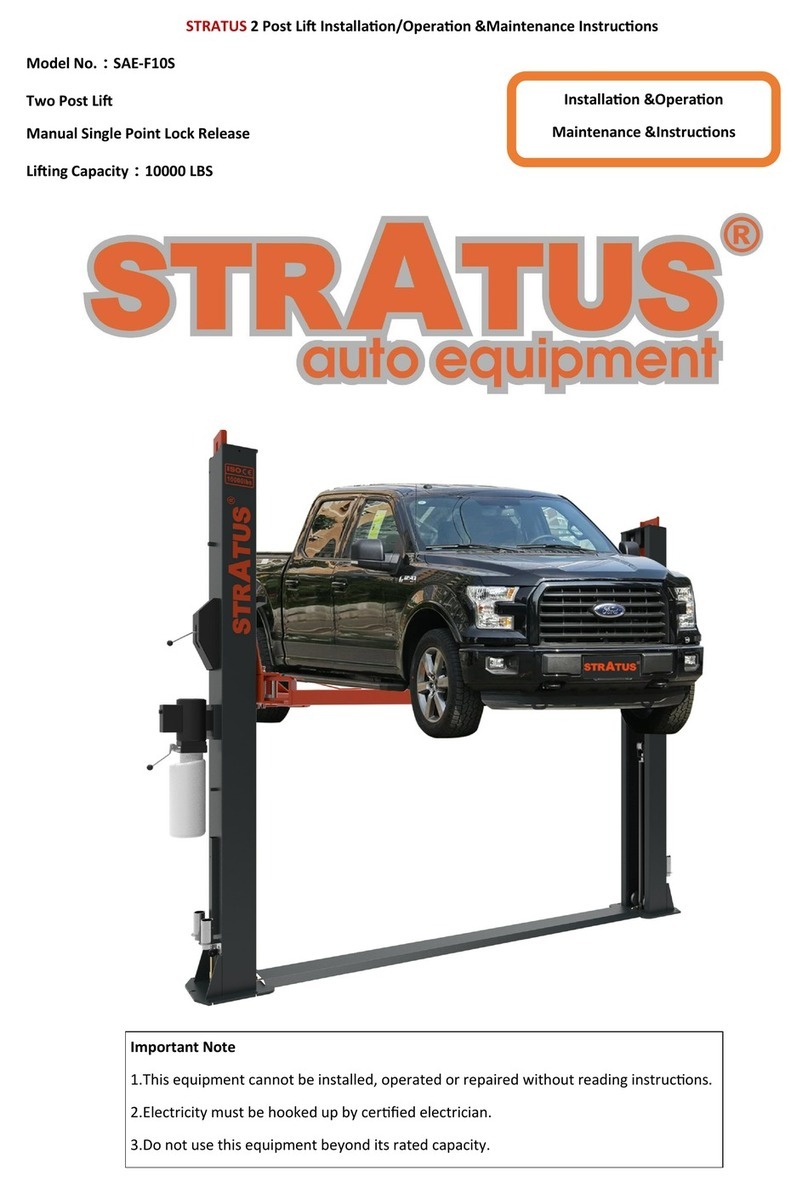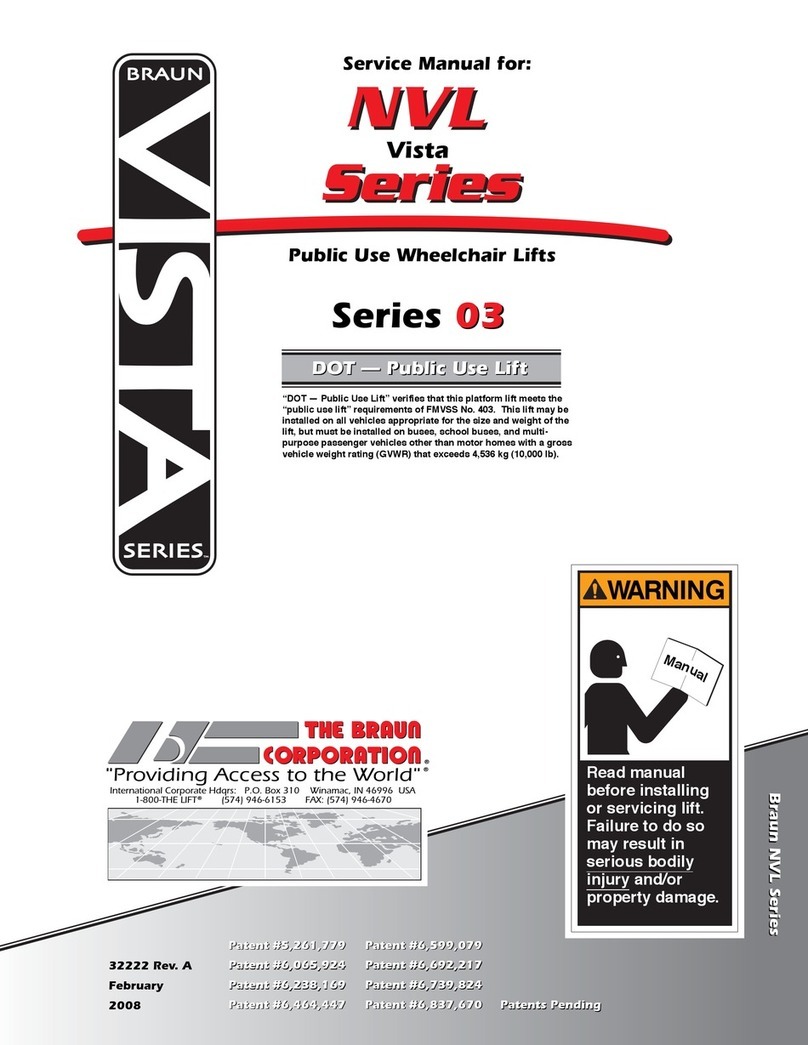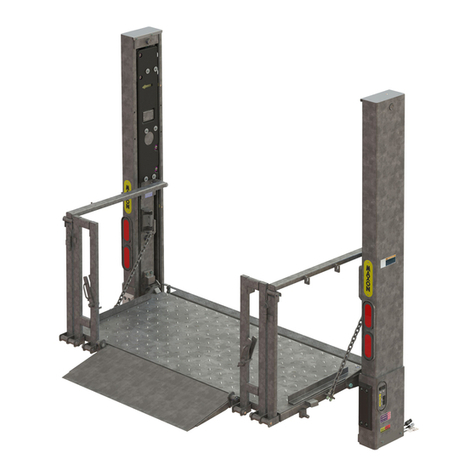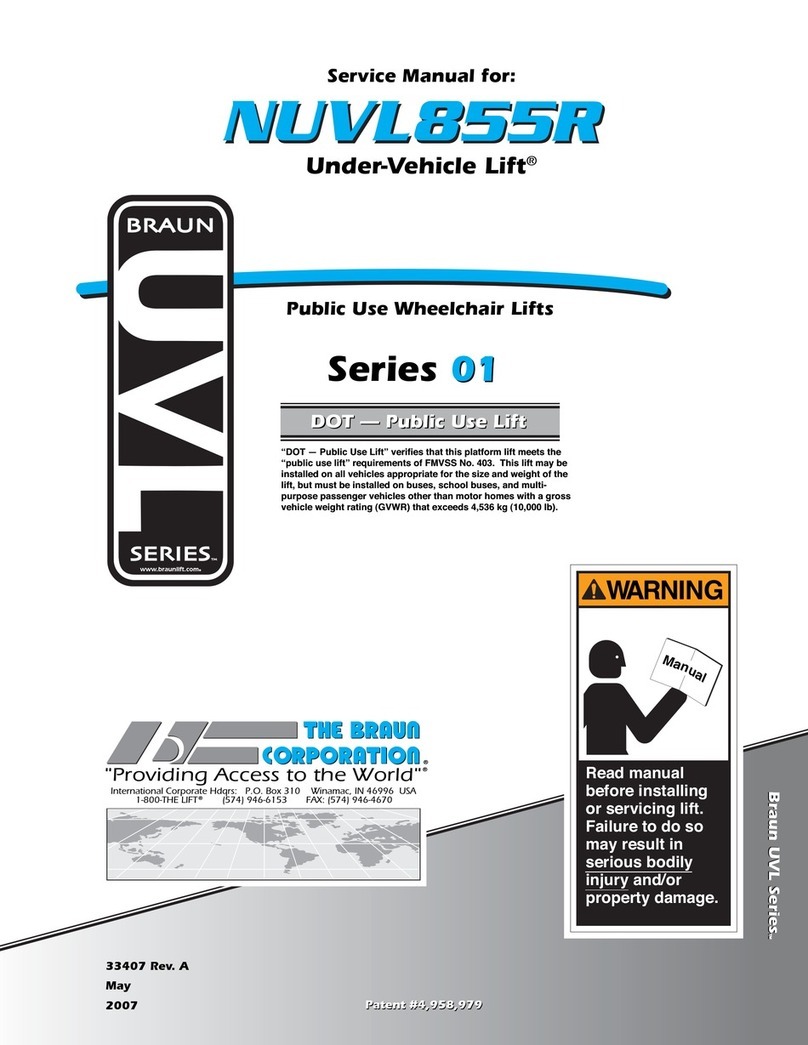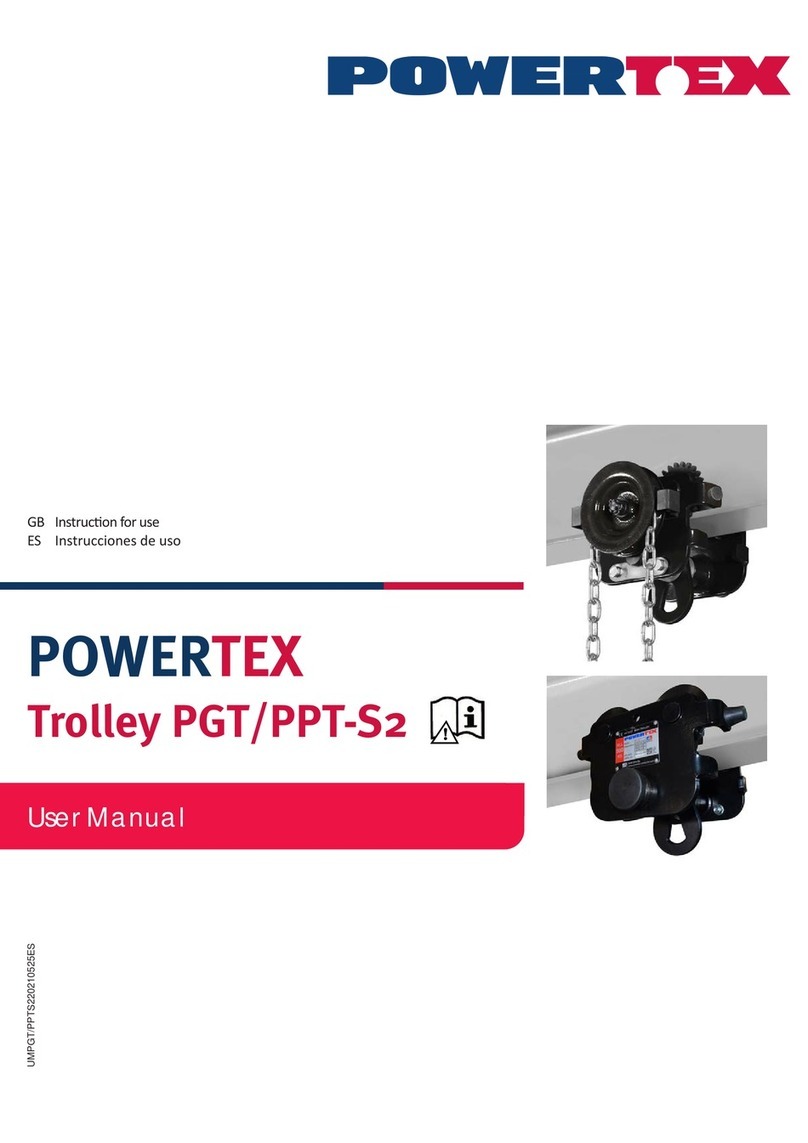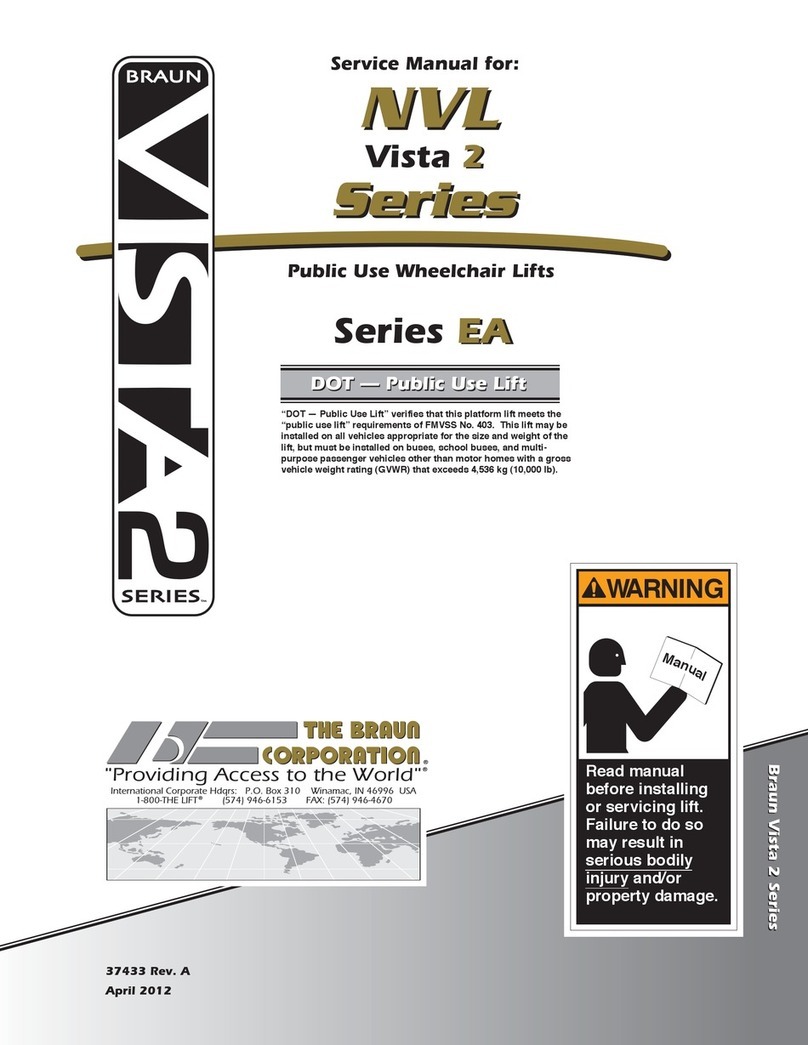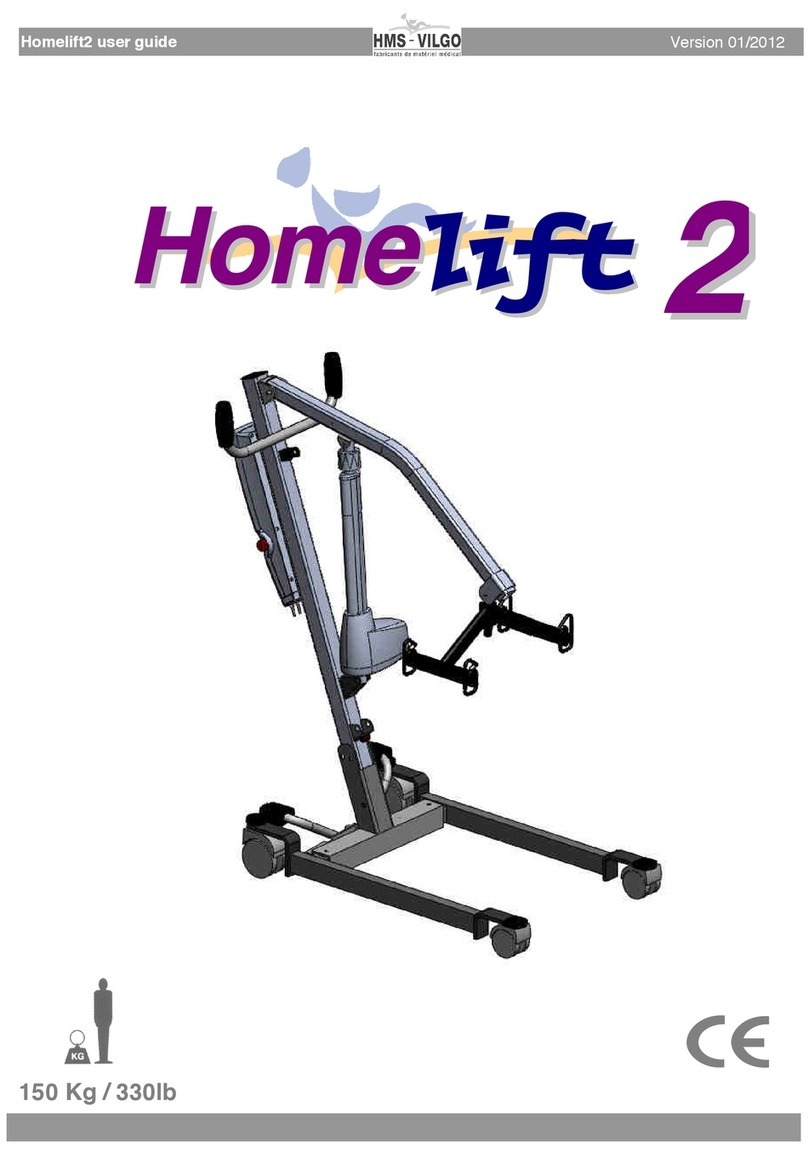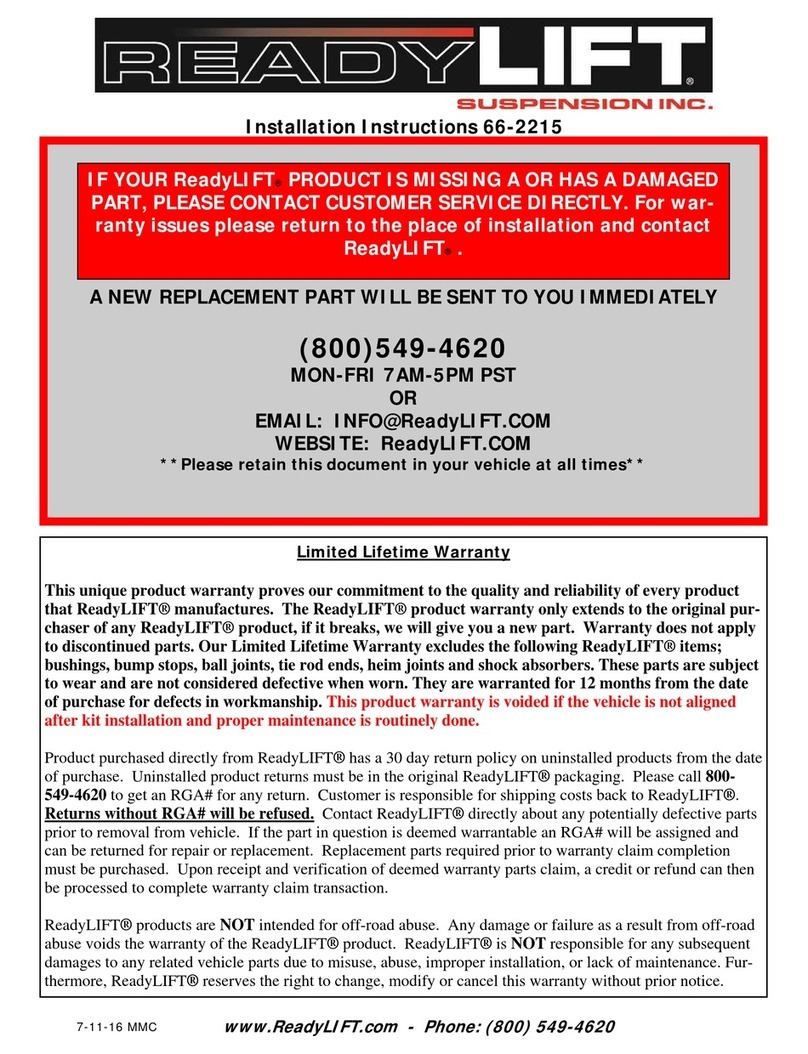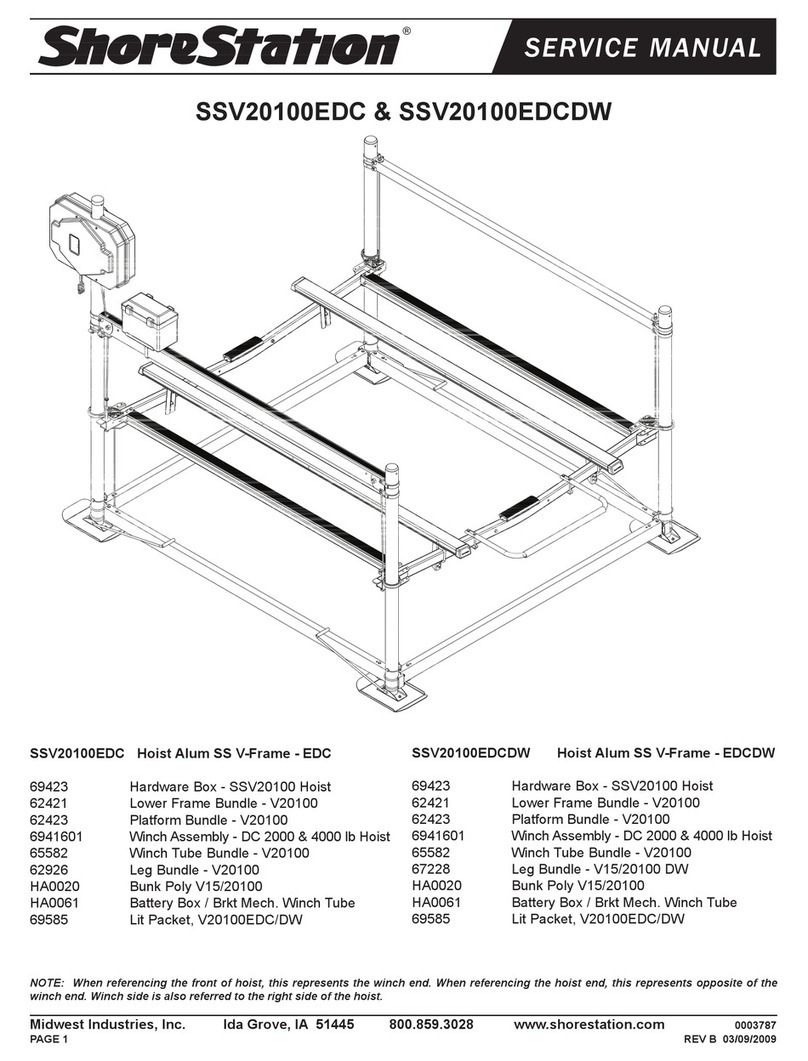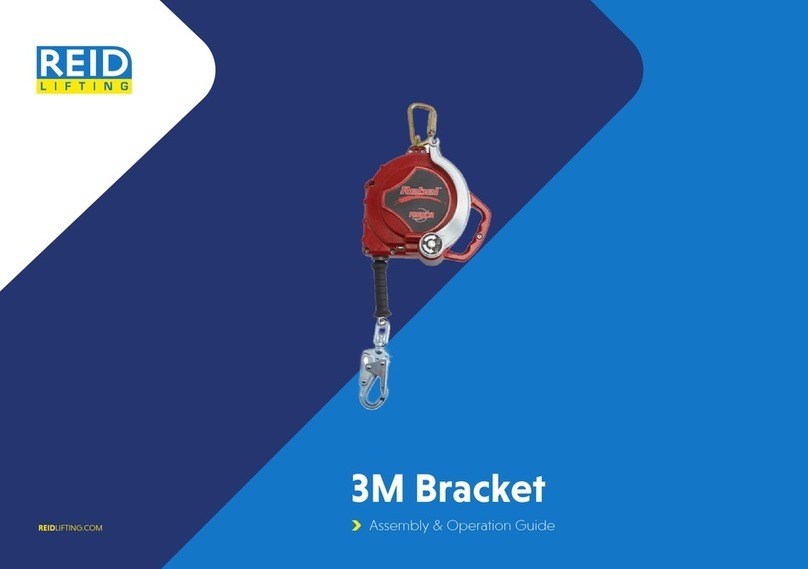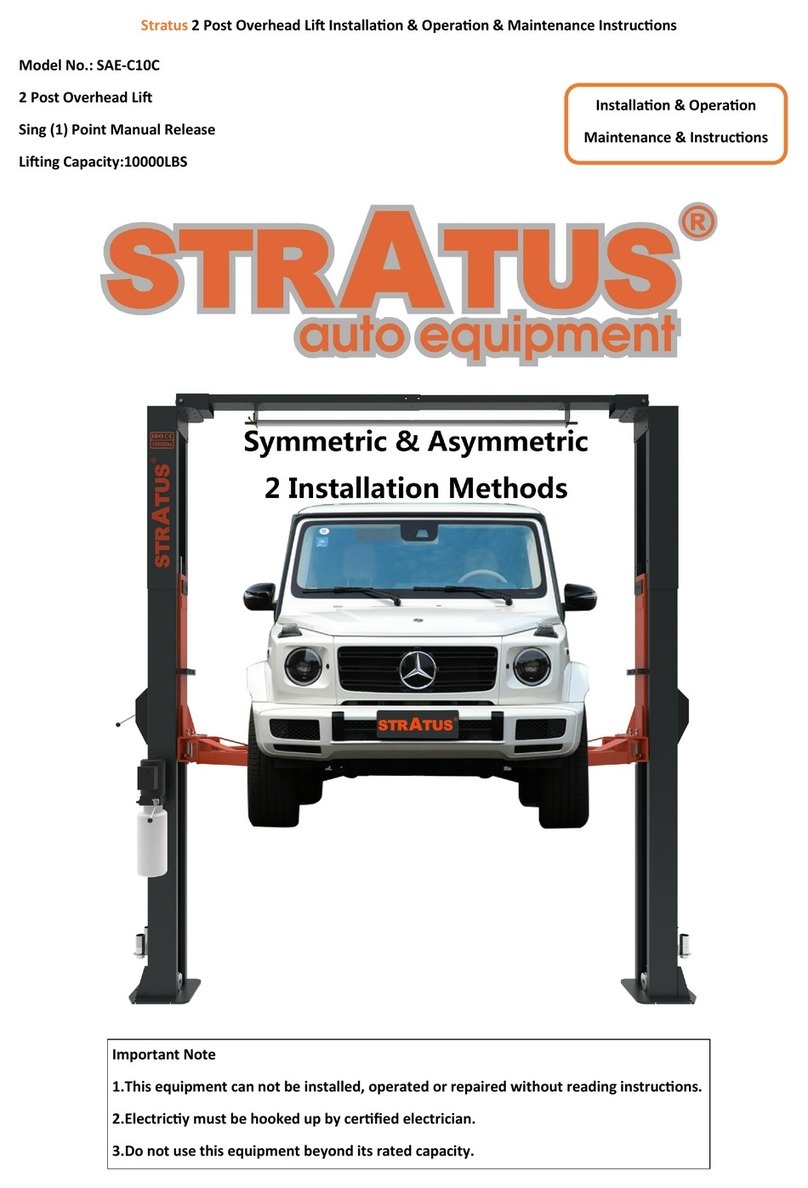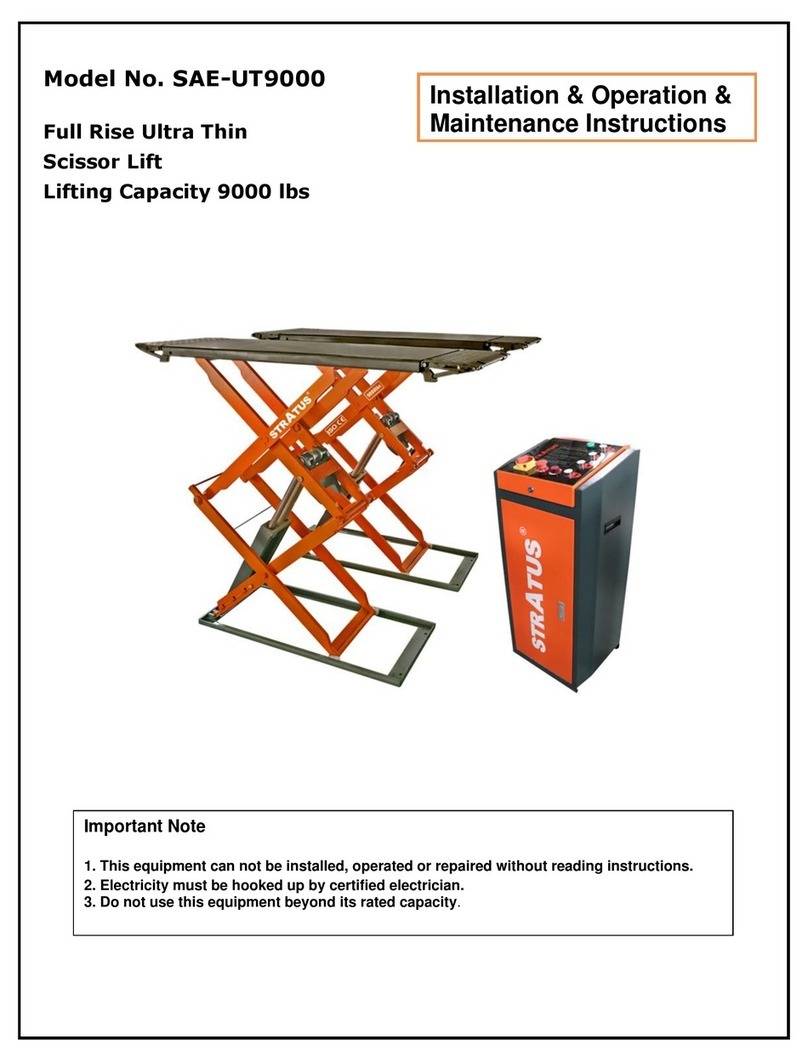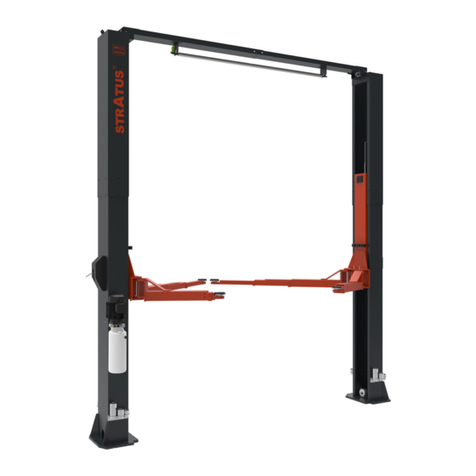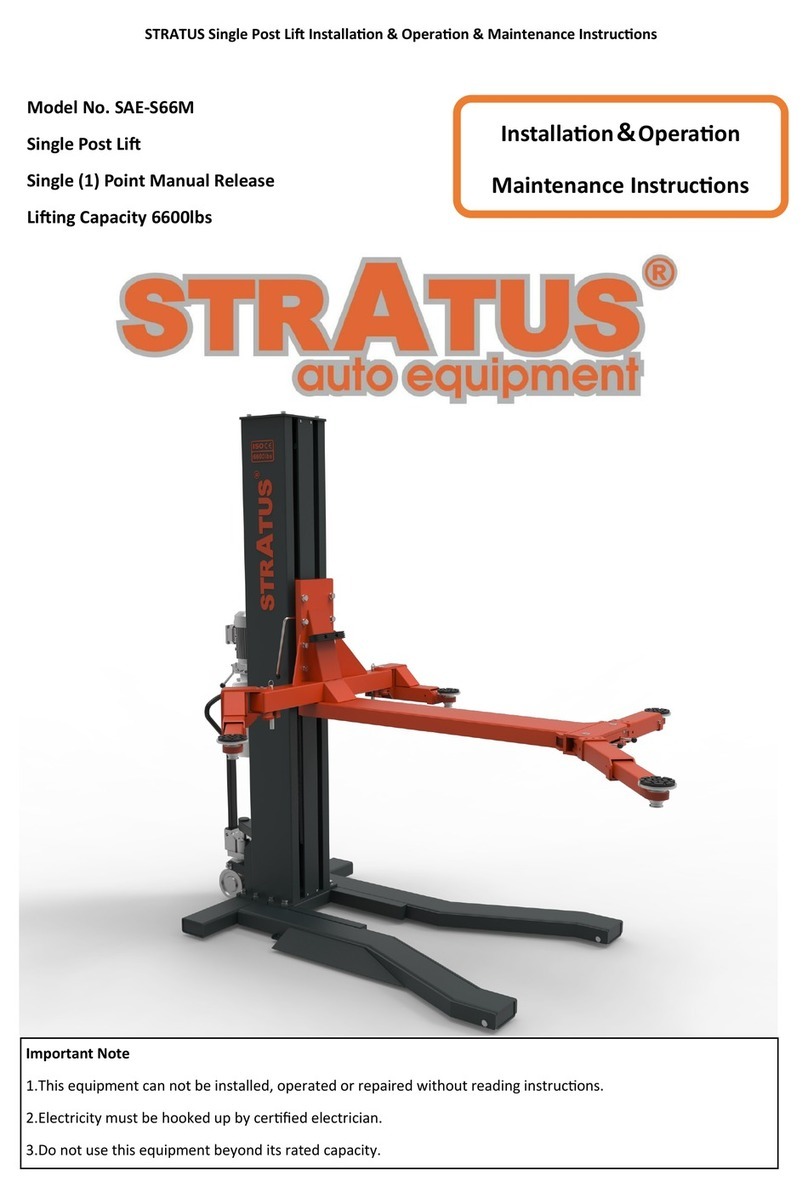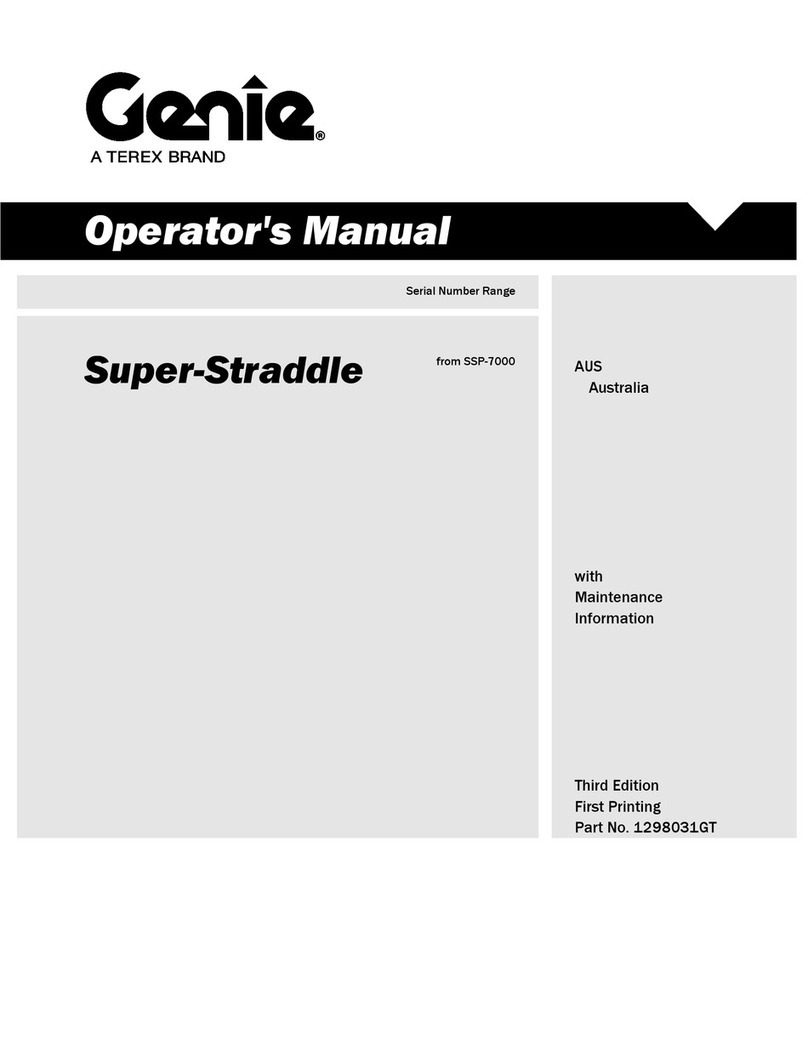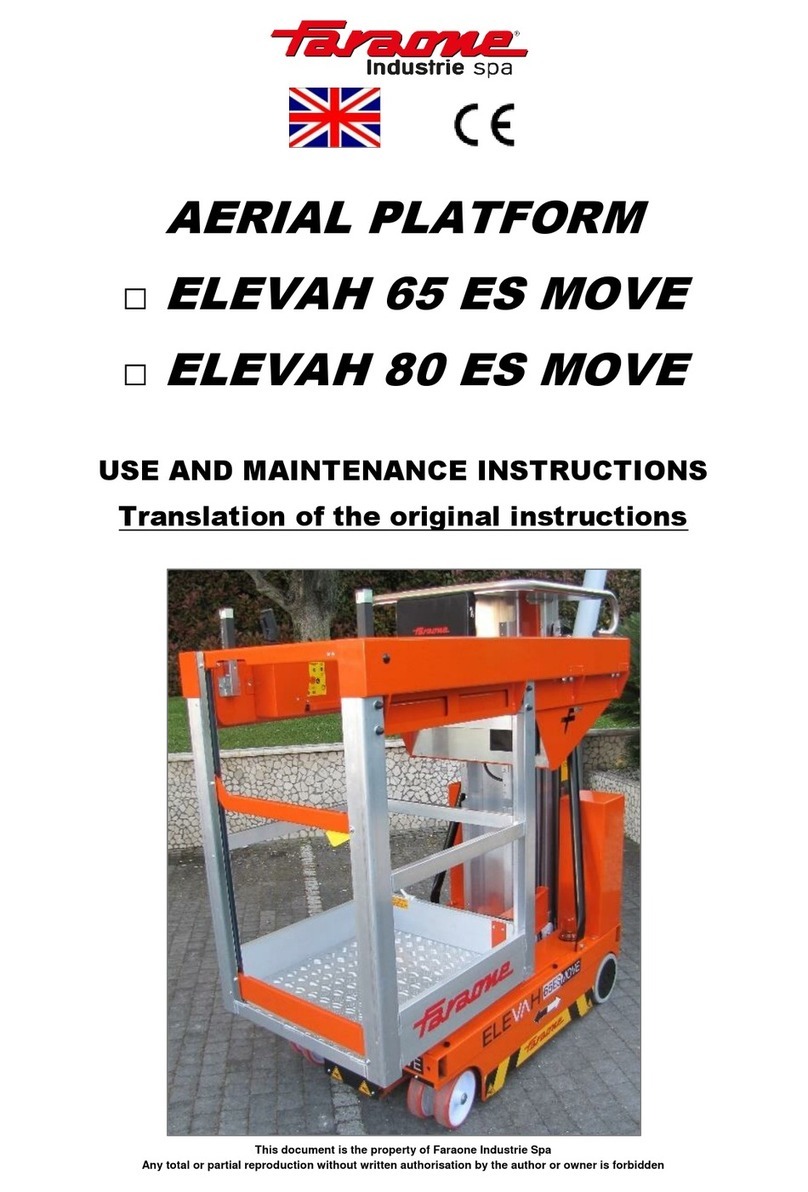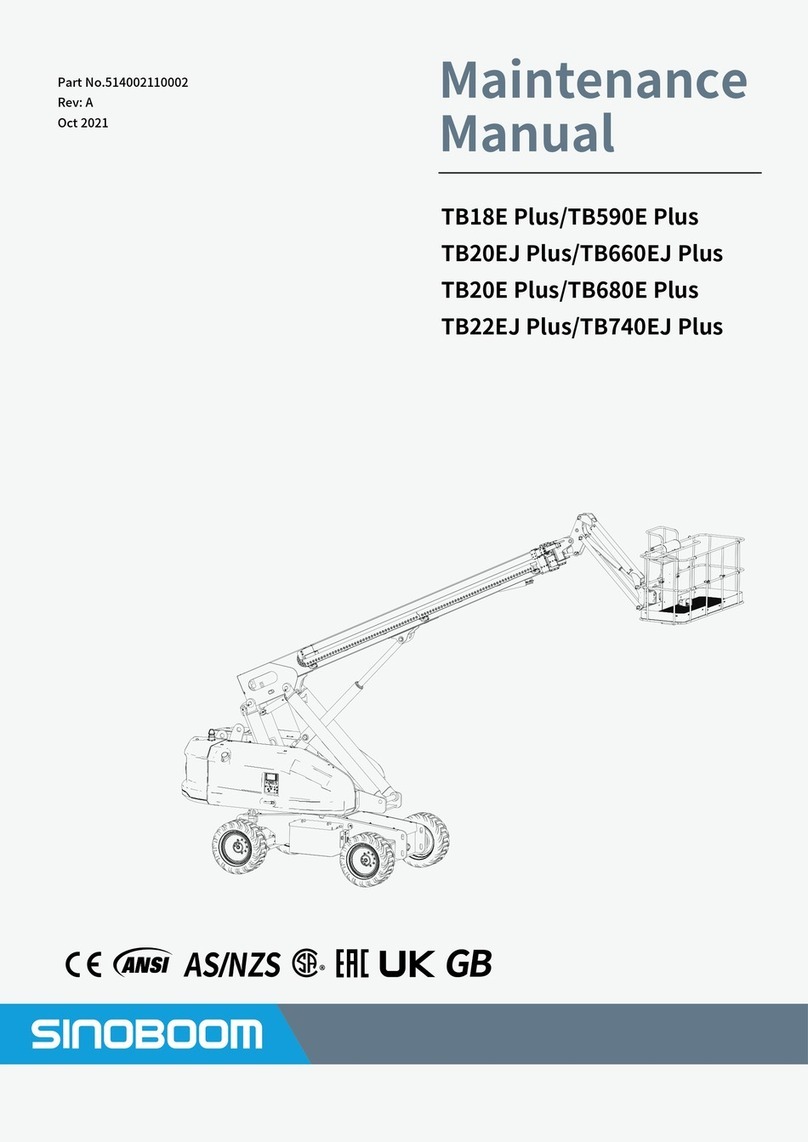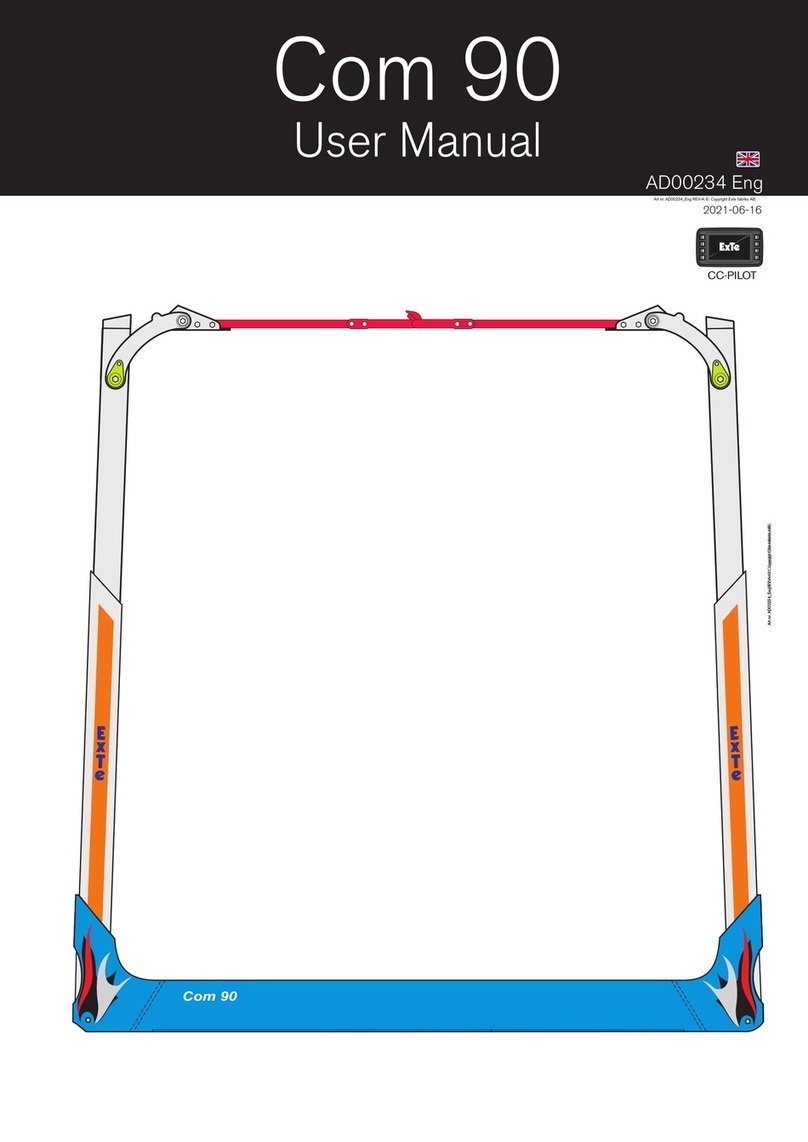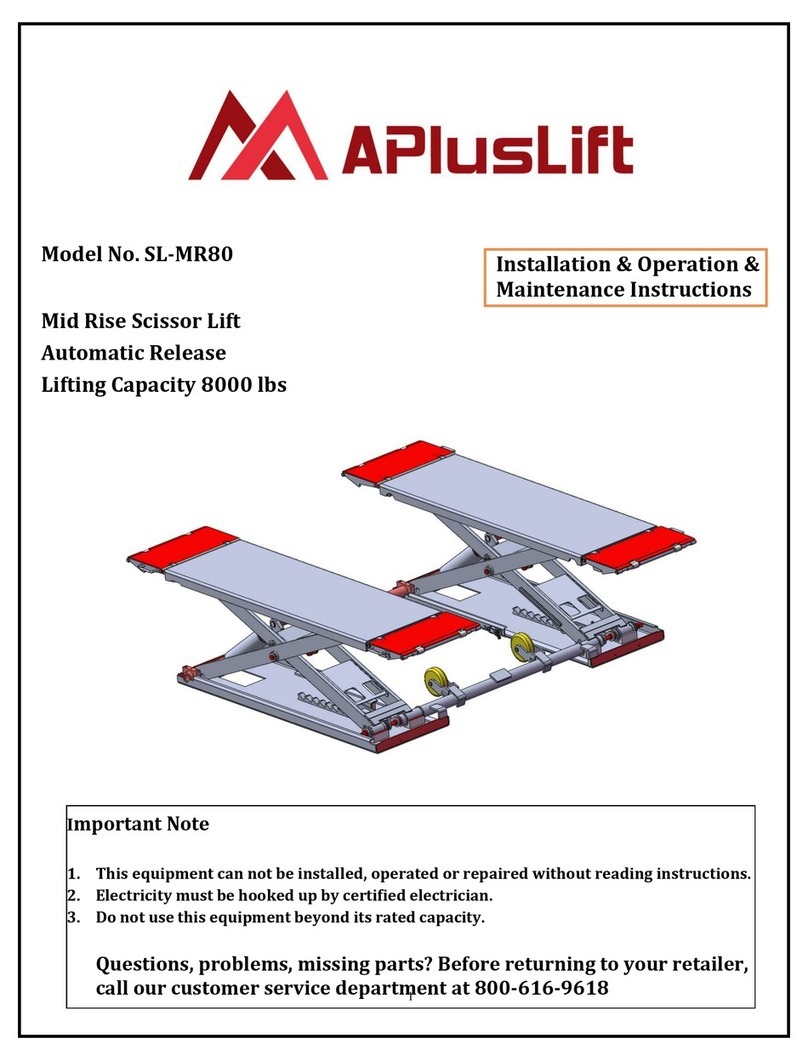SAFETY ........................................................................................................................................................................3
1.1 Operation of lifting platforms.............................................................................................................................................. 3
1.2 Checking of the lifting platforms ......................................................................................................................................... 3
1.3 Important safety notices...................................................................................................................................................... 4
1.4 Risks and safety instructions................................................................................................................................................ 5
PACKING AND TRANSPORTATION.................................................................................................................................6
2.1 Packing ................................................................................................................................................................................ 6
2.2 Lifting and handling............................................................................................................................................................. 6
2.3 Storage ................................................................................................................................................................................ 6
PRODUCTS DESCRIPTIONS............................................................................................................................................7
3.1 General descriptions............................................................................................................................................................ 7
3.2 General construction of the lift............................................................................................................................................ 7
3.3 Dimensions .......................................................................................................................................................................... 8
3.4 Technical data ..................................................................................................................................................................... 9
INSTALLATION INSTRUCTIONS......................................................................................................................................9
4.1 Preparations before installation.......................................................................................................................................... 9
4.2 Installation attentions ....................................................................................................................................................... 11
4.3 General Installation instructions........................................................................................................................................ 11
4.4. Items to be checked after installation .................................................................................................
错误
!
未定义书签。
OPERATION INSTRUCTIONS........................................................................................................................................19
5.1 Precautions........................................................................................................................................................................ 19
5.2 Operation instructions....................................................................................................................................................... 19
Annex 1, Hydraulic schemes and parts list .............................................................................................................................. 20
Annex 2, Electrical schemes and parts list............................................................................................................................... 23
Annex 3, Mechanical exploded drawings and parts list .............................................................................
错误
!
未定义书签。




















